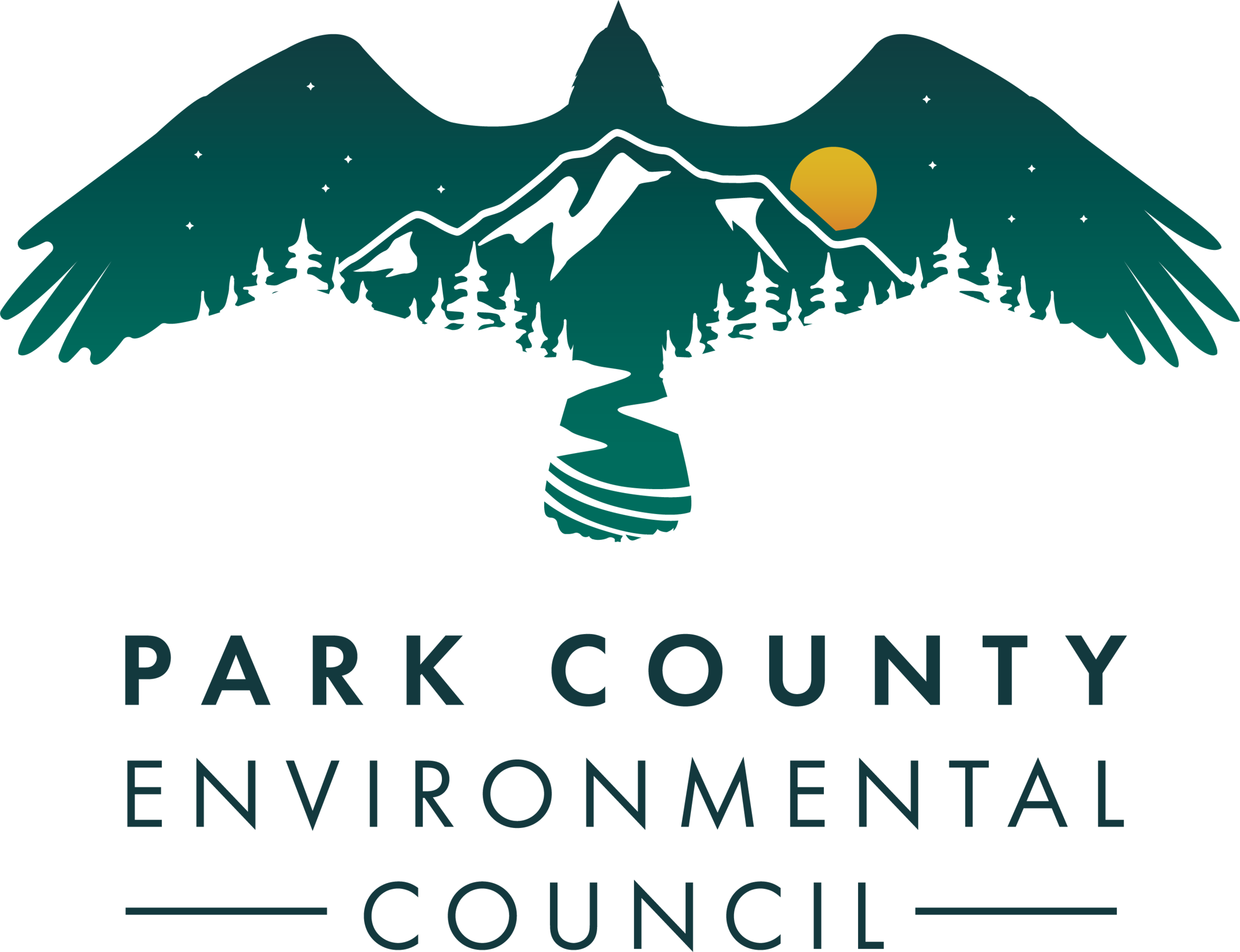Wilderness
In Park County, the Yellowstone River still runs cold and clear. Grizzly bears still roam through the Gallatin and Absaroka Mountains. There is land that can still be considered wild.
But with a changing climate, growing population and mass extinction happening across the planet, places like this are disappearing.
PCEC has been working to protect and preserve Park County’s vast natural resources since 1990. PCEC works with residents to safeguard and advocate for the county's world-class rivers, diverse wildlife, landscapes, and outstanding natural beauty, while protecting the health and wellbeing of people who live and work here.
Initially formed by a small group of community members to advocate for wild places, wilderness and quality of life issues in Park County, PCEC has grown to cover numerous issues related to the Yellowstone River and its tributaries, public land management, land use and threats from development, while encouraging community engagement on these issues.
We do this by advocating for wilderness wherever possible. Right now, we have a once-in-a-generation opportunity to help preserve that wild through the Custer Gallatin Forest Plan revision. The revision process is the best chance to influence the forest where we bring our children to fish and hunt and hike and ski, where we teach our children to appreciate the world and the awe that nature inspires.
Every piece of earth around here – the Gallatins, the Crazies, the Absarokas and the Beartooth – is still an intact ecosystem, with its endemic inhabitants. These are places that can more easily absorb the impacts of climate change, providing safe havens for vulnerable species, like whitebark pines and wolverines.
Through the revision process, we can tell the U.S. Forest Service we value our wild backyard that is a rarity in today’s world, and we can encourage the federal government to preserve it with the best protection we have: wilderness designation.
If we want to ensure that the Greater Yellowstone Ecosystem (GYE) continues to maintain its vital importance for wildlife, intact habitat and ecological diversity for generations to come, as well as our reverence for wild places, we encourage the CGNF to enact a management plan that can provide for protections that will make that a reality.
The GYE is home to some of the best, most diverse and intact wildlands in the Lower 48. It’s still is home to all the major species of mammals that were present on this continent prior to the arrival of Europeans, having long provided refuge for elk, bison, wolverine and grizzly (and room for the return of the wolf). Its wildlife migration corridors are extensive and still mostly intact. All of this possible because it contains habitat that remains largely unfragmented and still mostly intact in the 21st century.
With so many places like this disappearing, carving up, harvesting, logging and mining a sanctuary for both humans and wildlife, just doesn’t make sense.
Instead, it’s time for us to step up and start proactively protecting places that inspire curiosity, spark vitality and teach us humility.
Photo by Tom Murphy Photography

